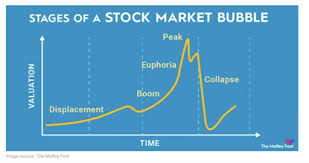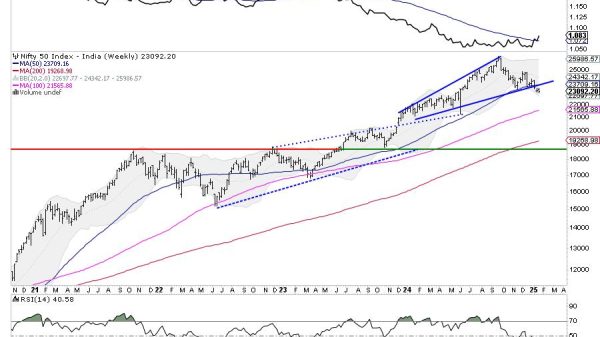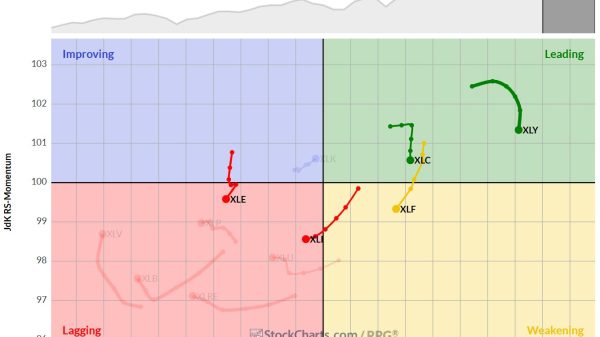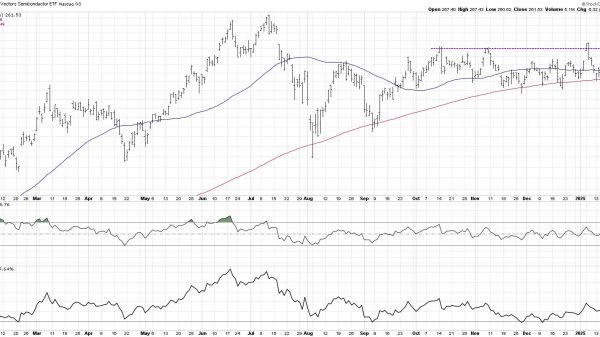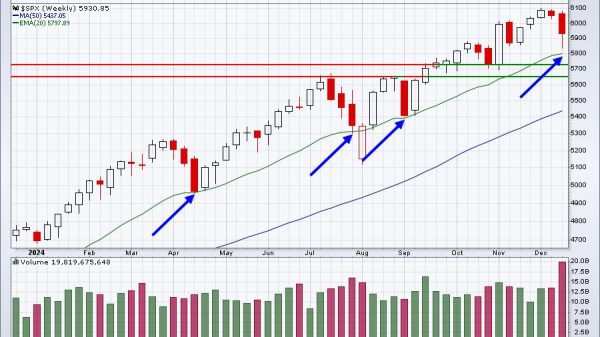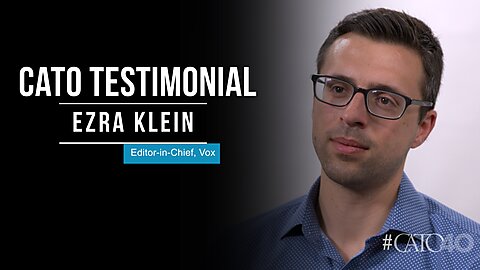Romina Boccia and Ivane Nachkebia
As part of the Cato Institute Report to the Department of Government Efficiency (DOGE), we submitted the following recommendations to address the looming Social Security insolvency and its impact on the federal budget.
Social Security is not a savings system but a pay-as-you-go scheme, where taxes collected from today’s workers fund the benefits of today’s beneficiaries. This makes Social Security susceptible to adverse demographic shifts, as its financial stability relies on a favorable worker-to-beneficiary ratio. In essence, the program operates like a Ponzi scheme: Paying benefits promised to earlier generations depends on new revenues from current and future workers. With an aging population, the worker-to-beneficiary ratio has been decreasing, making Social Security’s finances increasingly unsustainable and placing a growing fiscal burden on workers. According to the Congressional Budget Office (CBO), the payroll tax would need to immediately increase by 4.3 percentage points, from 12.4 percent to 16.7 percent, to cover the program’s long-term funding shortfall. This means an additional $2,600 in annual payroll taxes for a median earner ($61,000 annually), bringing their total payroll tax burden to more than $10,000 each year.
Furthermore, older generations tend to be wealthier than the younger generations paying for their Social Security benefits. This creates a system in which the federal government effectively redistributes hard-earned dollars from poorer workers to wealthier retirees. Notably, high-earning retirees can receive up to $60,000 in Social Security benefits annually, regardless of their other income and assets. Moreover, an excessively expensive Social Security system discourages private savings and offers poor returns for most workers, who would be better off investing their payroll taxes in stocks and bonds through private accounts.
Beyond these issues, Social Security is a significant contributor to the US fiscal imbalance. Old Age and Survivors Insurance (OASI)—the largest federal program—spent more than $1.2 trillion in 2023 but collected only $1.1 trillion in revenues, covering the $130 billion shortfall by relying on new borrowing from redeeming the Treasury IOUs in the so-called Social Security trust fund. These are not real savings. Every dollar that Social Security spends in excess of incoming payroll taxes and taxes on benefits adds to the federal debt. Since 2010, the OASI program has added $1.08 trillion to the federal debt and is projected to add $4.1 trillion more by 2033, when the program runs out of borrowing authority and confronts a 21 percent shortfall.
One cannot make significant headway balancing the federal budget without reforms to Social Security. Those reforms should focus on eliminating its fiscal shortfall and reducing the payroll tax burden on workers by slowing the growth in future benefits and reducing benefits for wealthier retirees.
The federal government should reform Social Security by doing the following:
- Slow the growth in future benefits. Under the current system, initial benefits are adjusted based on wage growth, which typically outpaces inflation. This causes initial Social Security benefits to rise faster than necessary to maintain purchasing power, providing absolute benefit increases to newer cohorts. Switching to a formula that indexes initial benefits to prices would preserve current benefits and protect their purchasing power while eliminating 85 percent of the program’s long-term funding shortfall.
- Modernize and reduce cost-of-living adjustments (COLAs). The Social Security Administration should replace the outdated Consumer Price Index for Urban Wage Earners and Clerical Workers (CPI‑W) with the chained Consumer Price Index for All Urban Consumers (C‑CPI‑U) for calculating COLAs. This index covers a broader share of Americans and factors in the substitution effect, in which consumers opt for cheaper alternatives when the prices of goods rise. The CBO estimates that this adjustment would reduce Social Security spending by $175 billion between 2024 and 2032. Congress should further consider eliminating COLAs for wealthier retirees, as was proposed in the Social Security Reform Act of 2016. This change, in addition to switching to the C‑CPI‑U for all other beneficiaries, would erase 37 percent of the program’s long-term actuarial deficit.
- Raise eligibility ages. To better align with longer life expectancies and declining fertility rates, Social Security’s early and full retirement ages should be increased by three years each, to 65 and 70, respectively, and indexed to increases in longevity afterward. This change would enhance intergenerational fairness, distributing the fiscal burdens of an aging population across generations. The CBO has estimated that increasing the full retirement age to 70 while keeping the early retirement age unchanged would reduce Social Security’s costs by $121 billion between 2024 and 2032.
- Transition to a flat benefit scheme. Social Security should return to its intended mission of alleviating old-age poverty. By transforming Social Security from an earnings-related scheme intended to replace income into a flat benefit scheme focused on poverty prevention, the government can focus income support on those individuals who need financial help the most while allowing most Americans to save for more of their personal retirement security in ways they deem best. Shifting to a predictable flat benefit based on years worked would return Social Security to its stated goal of preventing senior poverty and should reduce the program’s costs, thereby reducing the payroll tax burden on workers.






